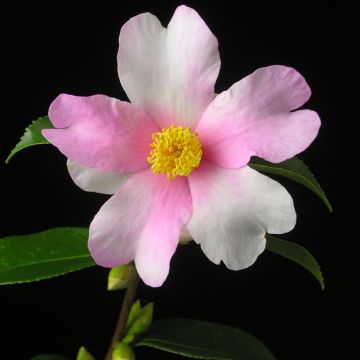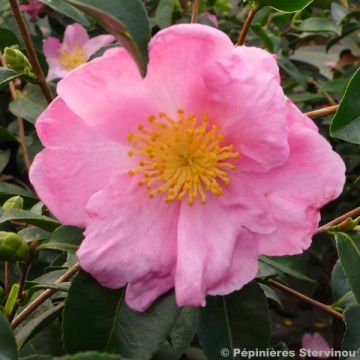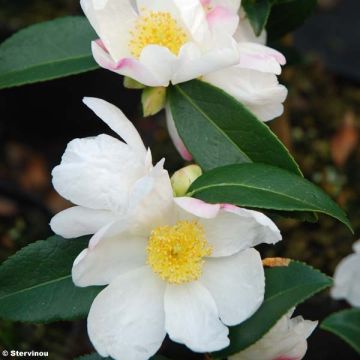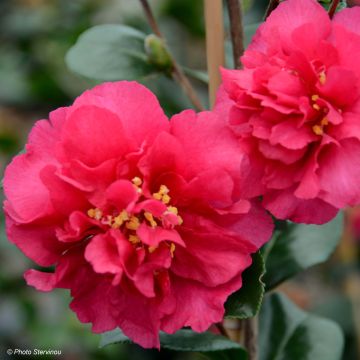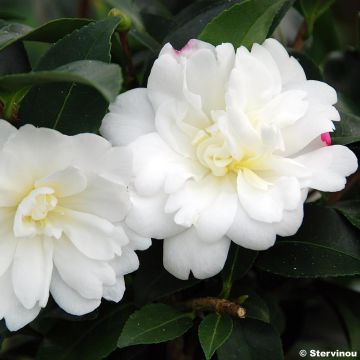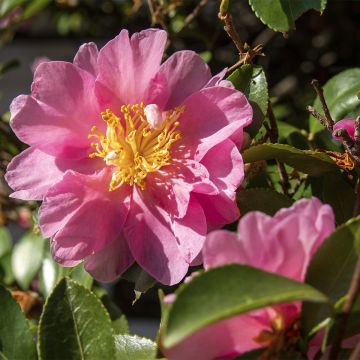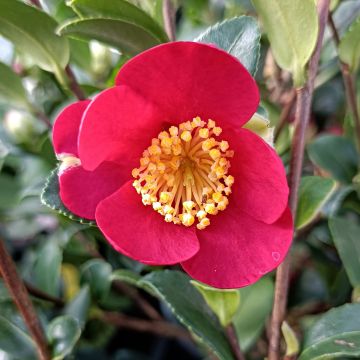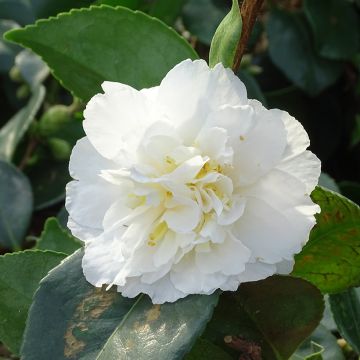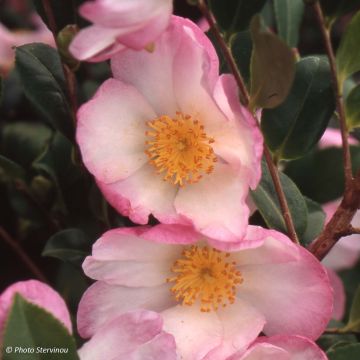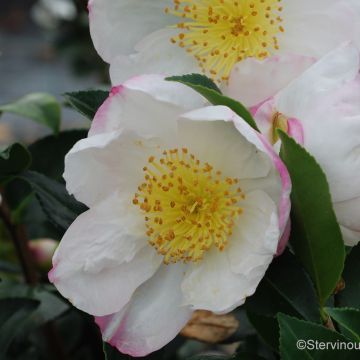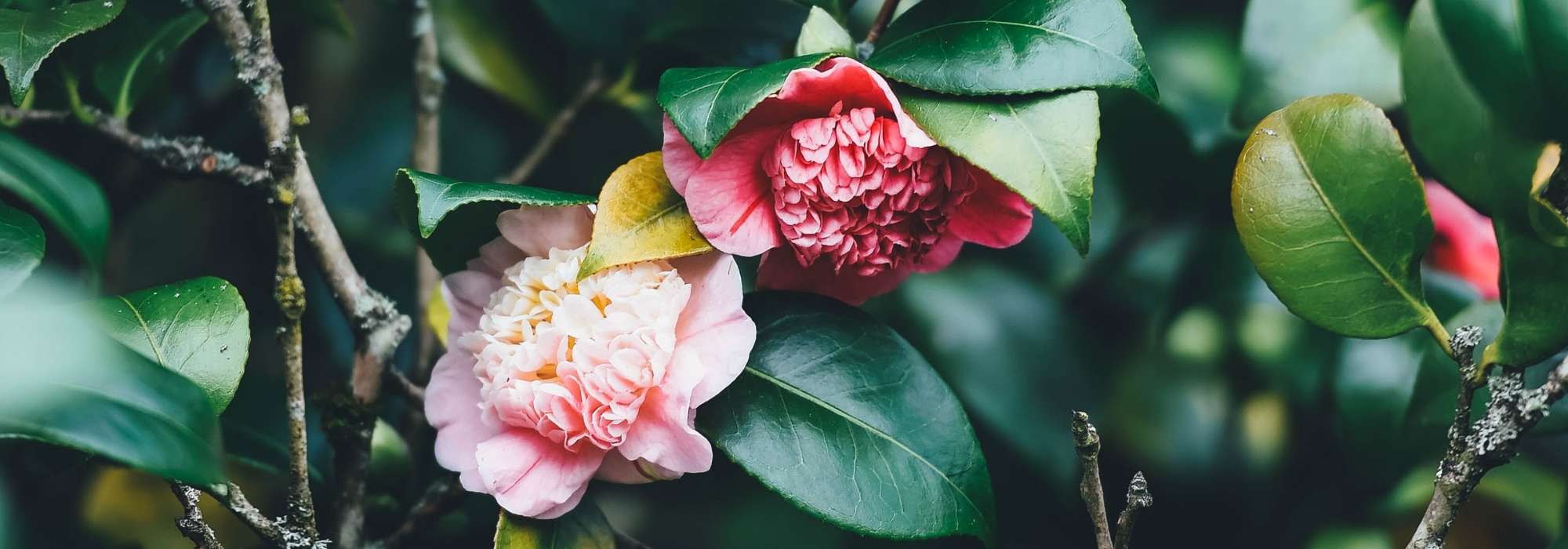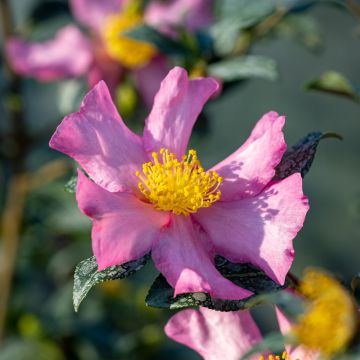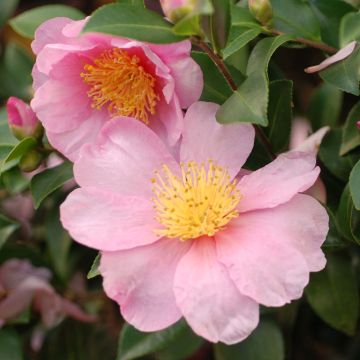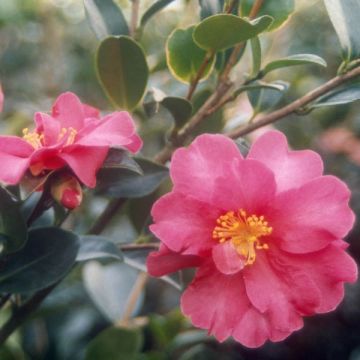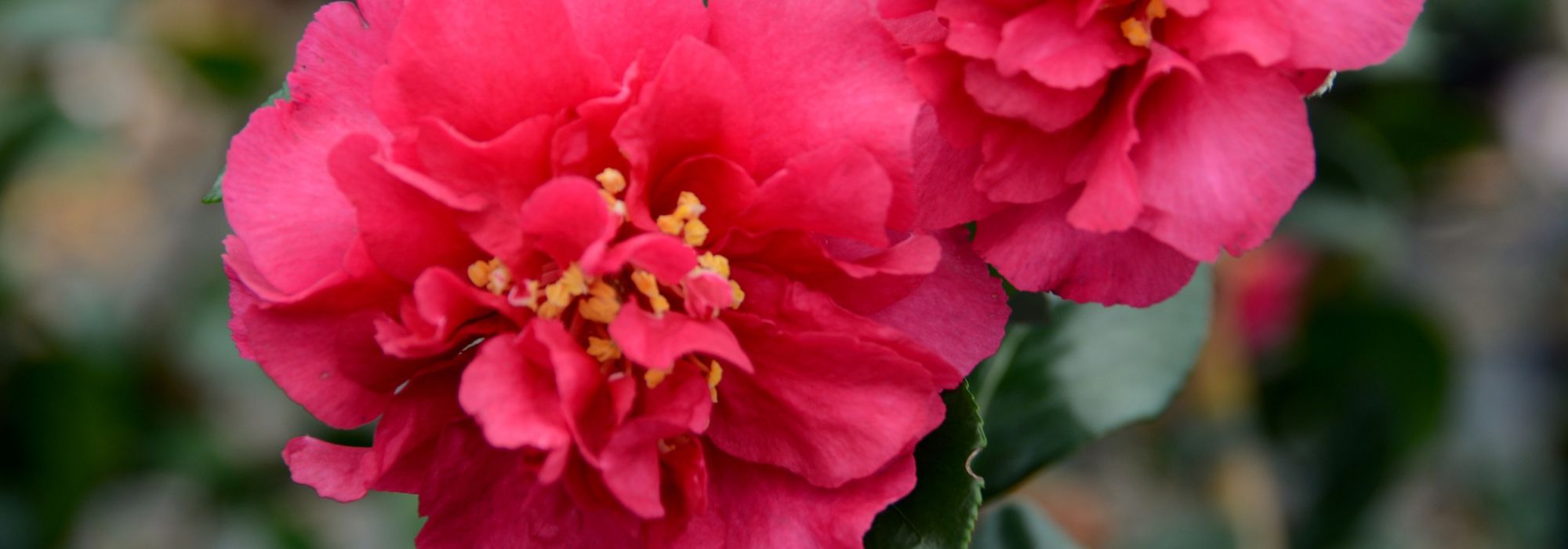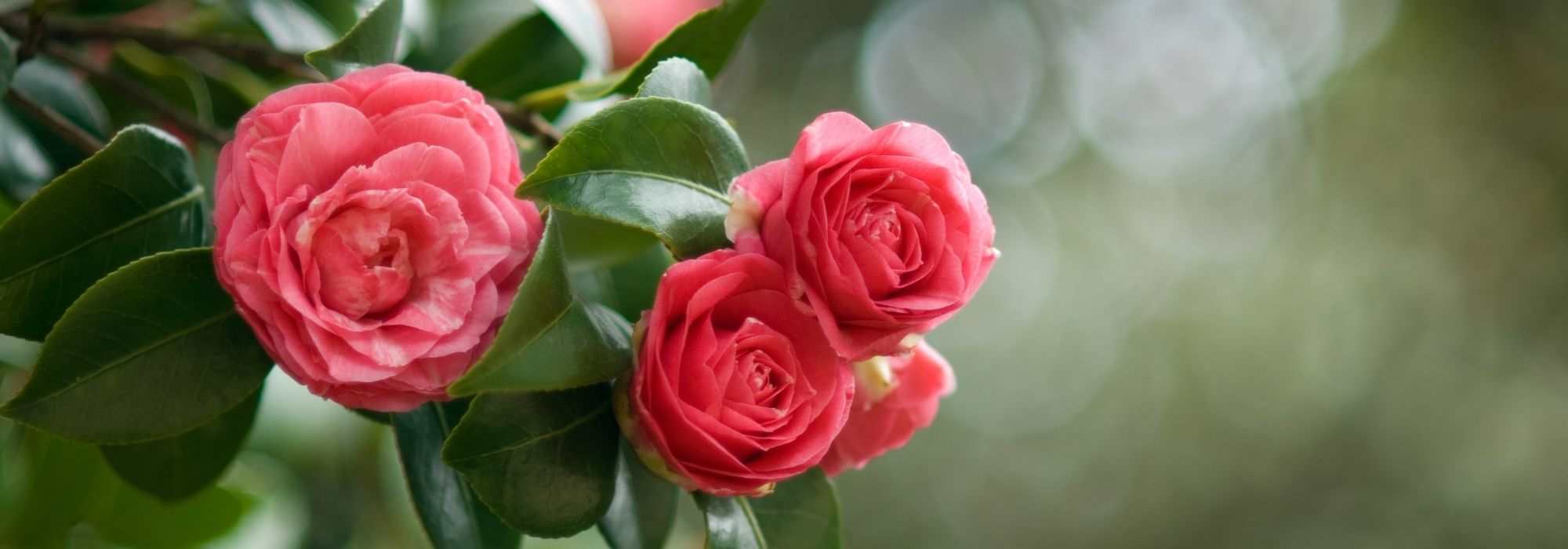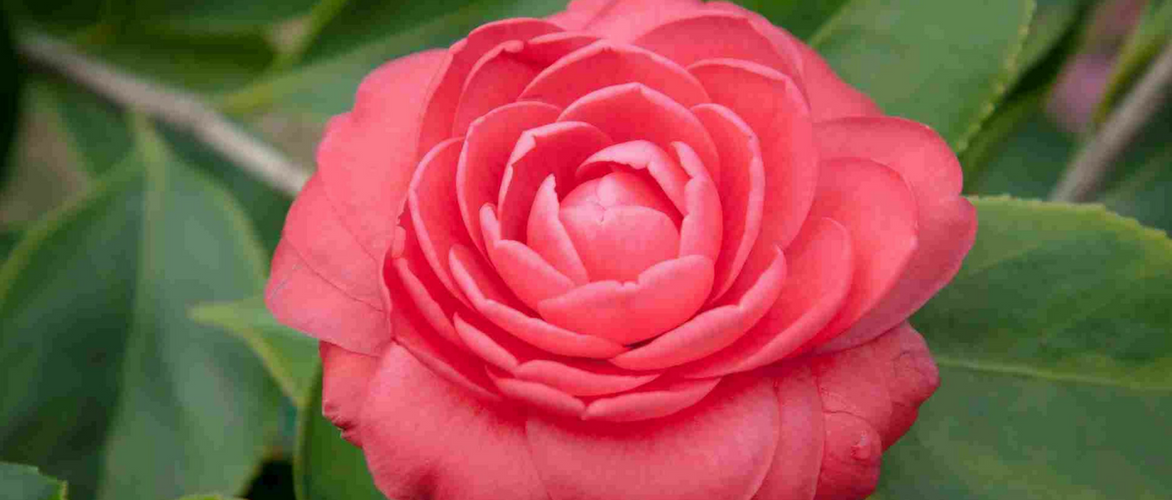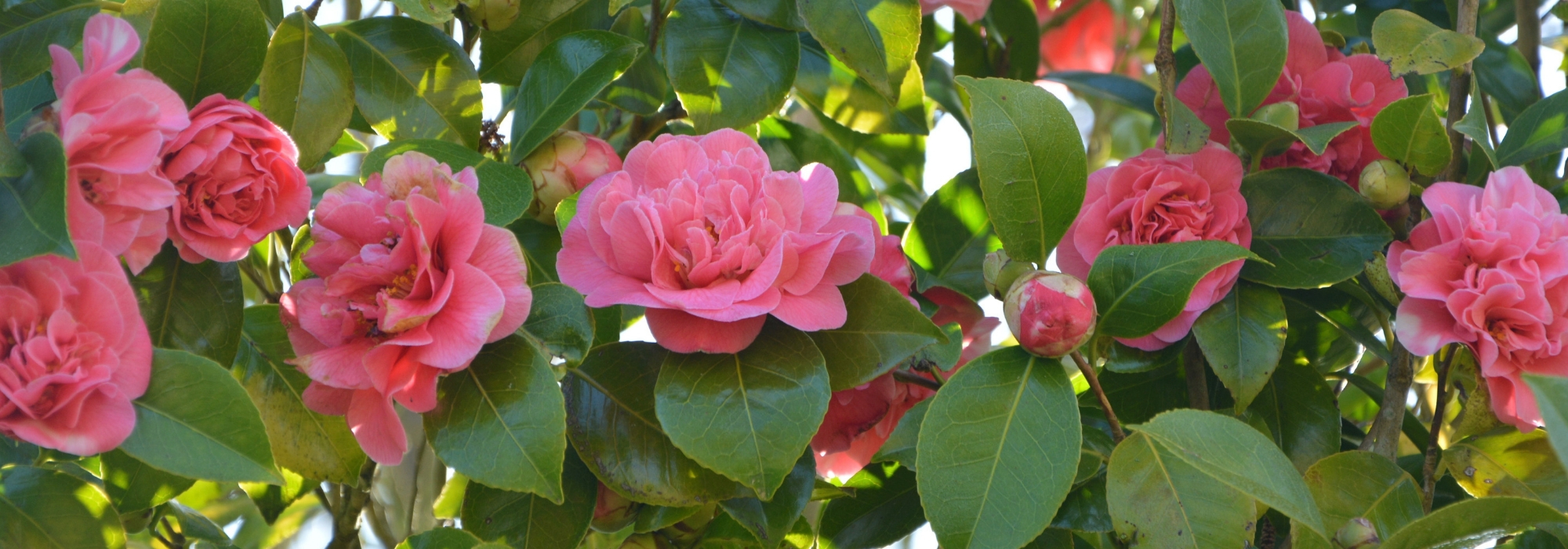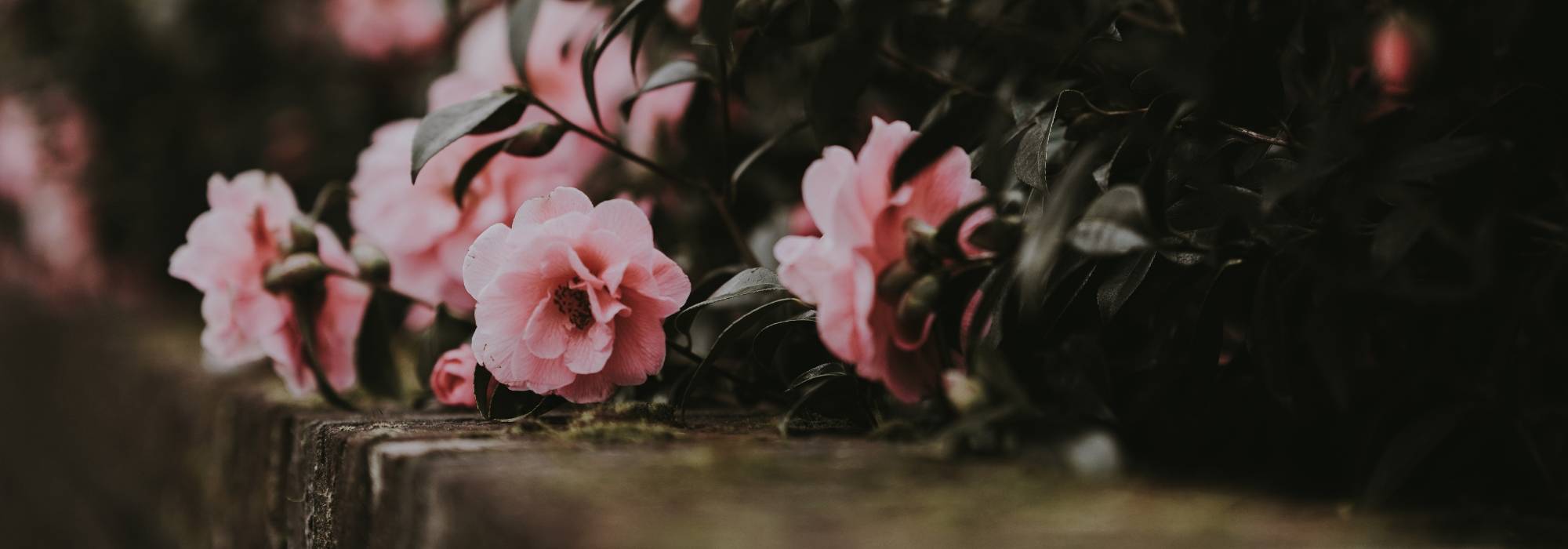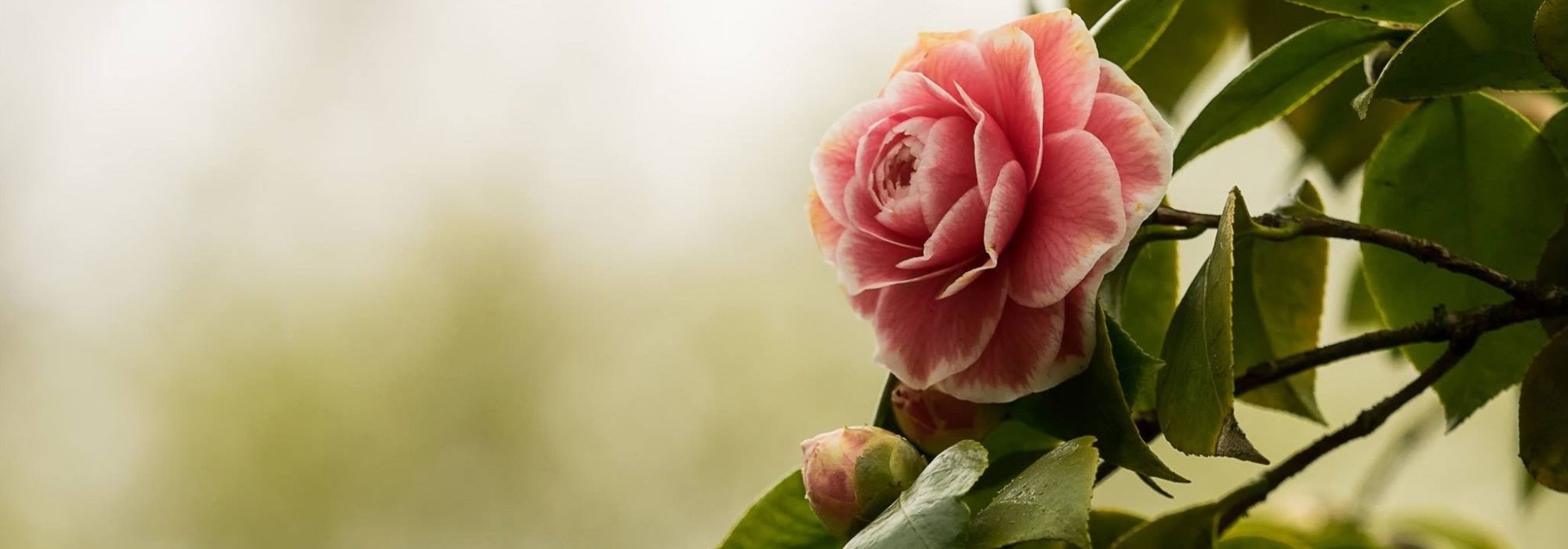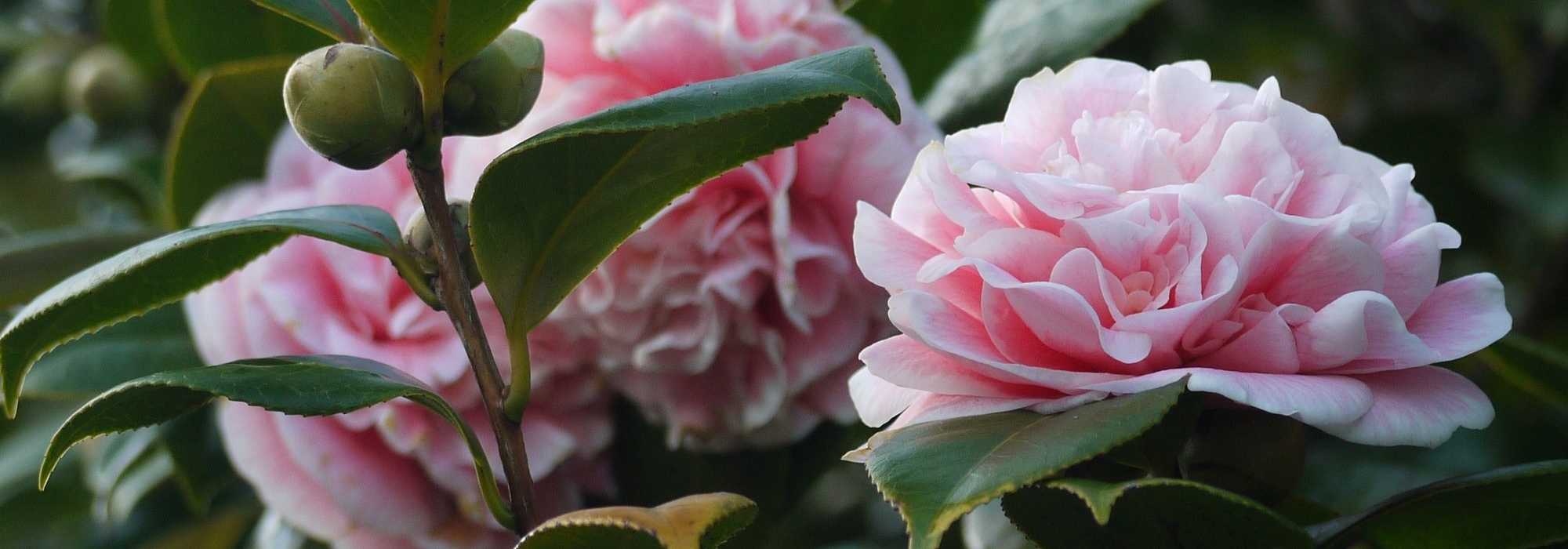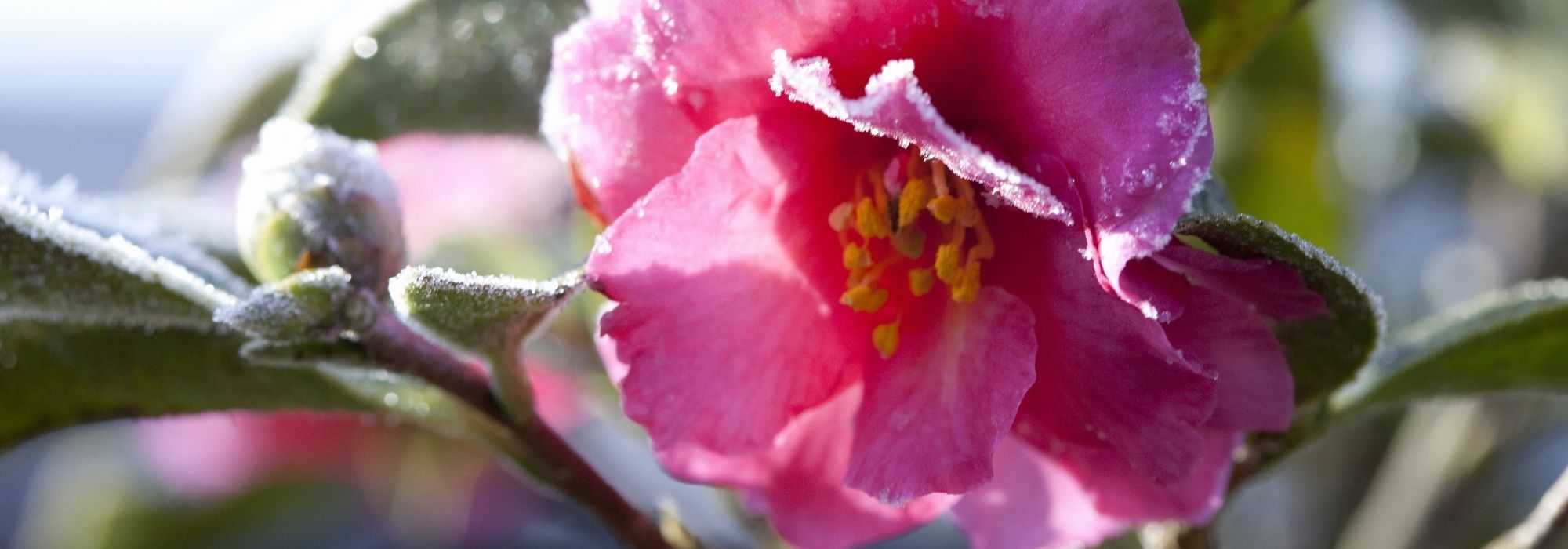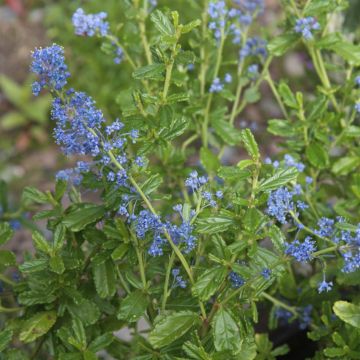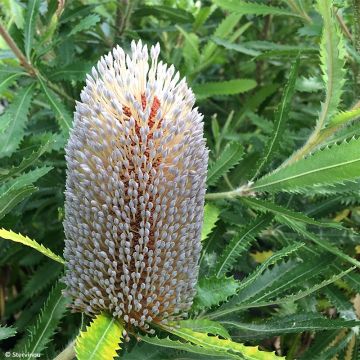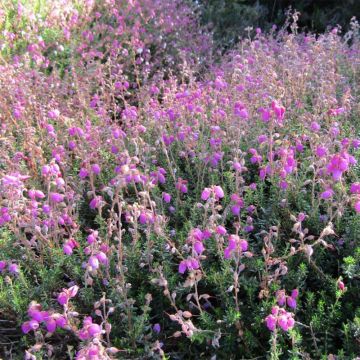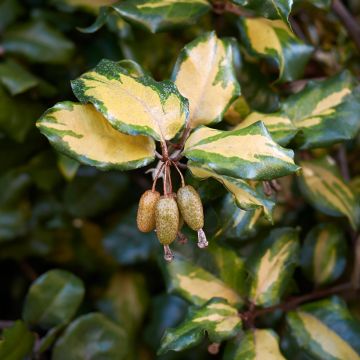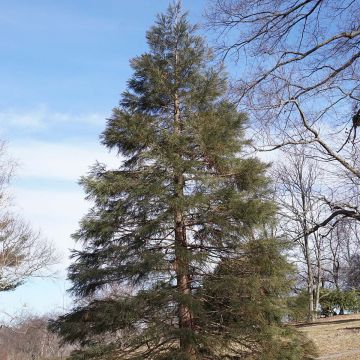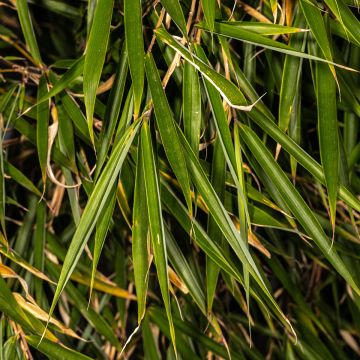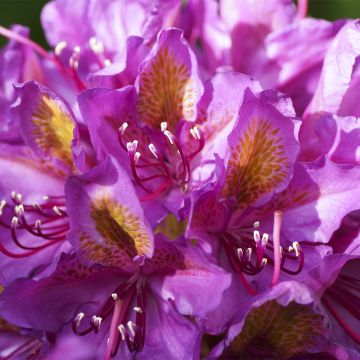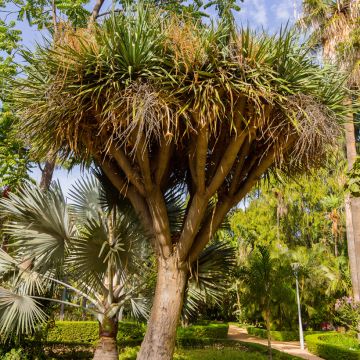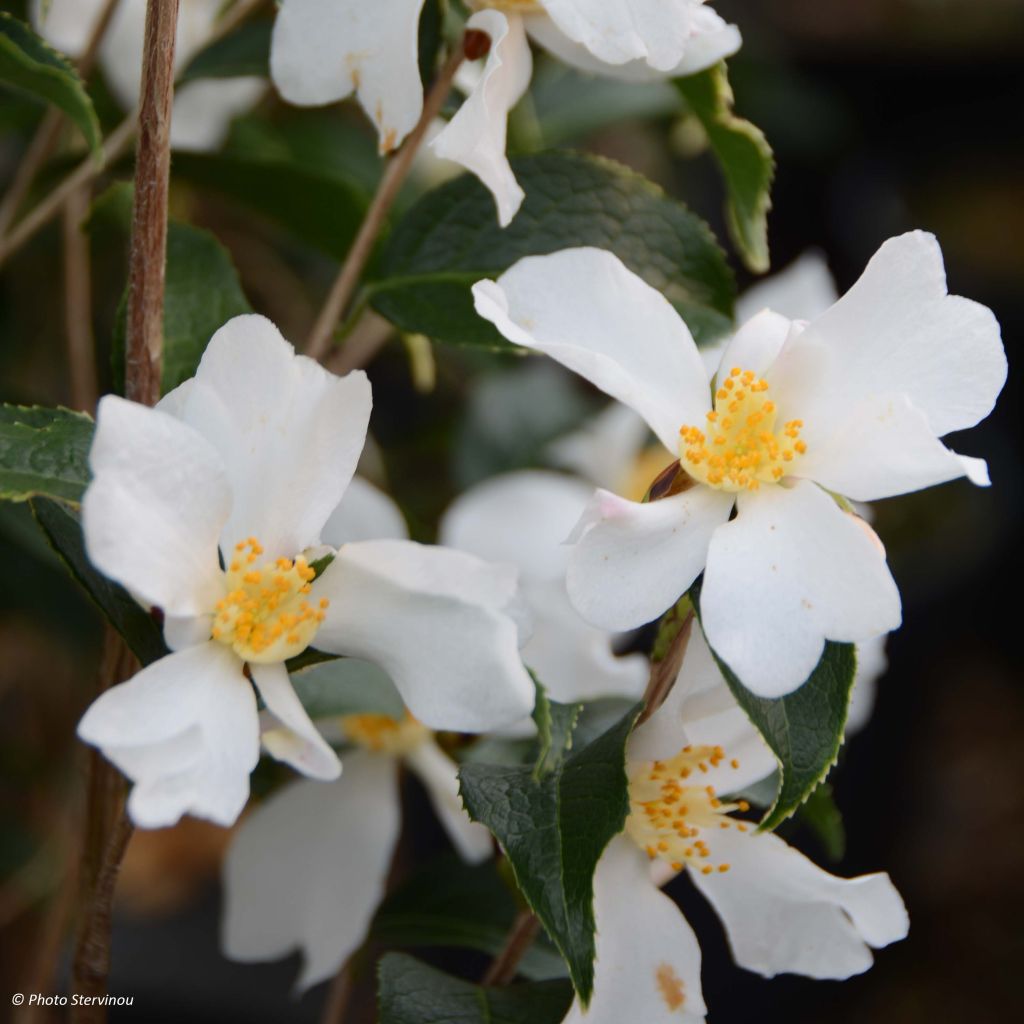

Camellia grijsii
Camellia grijsii
Camellia grijsii
Japanese Camellia, Rose of Winter
Well-cared-for young plant, with promising flower buds that will lead to a beautiful flowering next late winter.
Patrick B., 26/11/2018
Special offer!
Receive a €20 voucher for any order over €90 (excluding delivery costs, credit notes, and plastic-free options)!
1- Add your favorite plants to your cart.
2- Once you have reached €90, confirm your order (you can even choose the delivery date!).
3- As soon as your order is shipped, you will receive an email containing your voucher code, valid for 3 months (90 days).
Your voucher is unique and can only be used once, for any order with a minimum value of €20, excluding delivery costs.
Can be combined with other current offers, non-divisible and non-refundable.
Why not try an alternative variety in stock?
View all →This plant carries a 24 months recovery warranty
More information
We guarantee the quality of our plants for a full growing cycle, and will replace at our expense any plant that fails to recover under normal climatic and planting conditions.

Does this plant fit my garden?
Set up your Plantfit profile →
Description
Camellia grijsii is a vigorous bush with an upright habit, characterised by remarkably abundant and highly fragrant winter flowering. It produces a myriad of small white flowers with yellow hearts that stand out against its unique foliage - a glossy, blackish-green colour. This Chinese botanical species is resistant to cold weather and maintains its beautiful foliage throughout the year. Truly charming, it is a robust plant, but requires a moist and lime-free soil in the summer. Creates a delightful effect either as a solitary plant in the garden or as a flowering hedge.
Collected in 1861 in the Chinese province of Fujian by de Grijs and described in 1879 by the botanist Hance, Camellia grijsii is widespread in the central and eastern Chinese provinces of Fujian, Hubei, Yunnan and Sichuan. It is related to the Camellia sasanqua (the Autumn Camellia), as well as the Camellia yuhsienensis, one of the parents of the famous cultivar 'Yume'. Like all camellias (including the tea plant), it belongs to the family Theaceae.
This bush with a dense, compact and upright or columnar habit will reach an average height of 1.20 m (4 ft) and a width of 80 cm (30 in) after 10 years, but can grow up to 3 m (10 ft) in height and occupy 1.50 m (5 ft) in spread at maturity. Its vertical growth is quite rapid during the first years, but slows down afterwards. Flowering occurs in winter, generally starting in December and ending in early March. It is remarkably abundant. The flowers bloom in large numbers, clustered in the axils of the leaves located towards the ends of the branches. Each flower measures about 5 or 6 cm (2.5 in) in diameter, and consists of pure white petals with two lobes arranged somewhat haphazardly around a yellow stamen centre. Their fragrance varies in intensity. The foliage, dense and evergreen, is composed of thick, leathery, dark, strongly veined, ovate and tapering leaves, finely dentate along the edges. They measure about 6 cm (2.4 in) long and 3 cm (1.2 in) wide.
Camellia grijsii, like all camellias, prefers mild and humid climates to colder regions, where its hardiness can be compromised and its flowering destroyed by severe frost. Wherever winters are not too harsh, it can be planted alone in the garden or combined with other acid-loving plants (Rhododendron, Azaleas, Hydrangea, Hamamelis) in a flowering hedge. Its wild appearance and delicate flowering look wonderful in a natural or cottage garden paired with a Chimonanthus praecox, for example. You can also plant autumn bulbs around its base, such as colchicums or Cyclamen hederifolium. In colder regions, it can be grown in a container on a balcony or terrace, and brought indoors to a conservatory or cool greenhouse during the flowering period.
Camellia grijsii in pictures
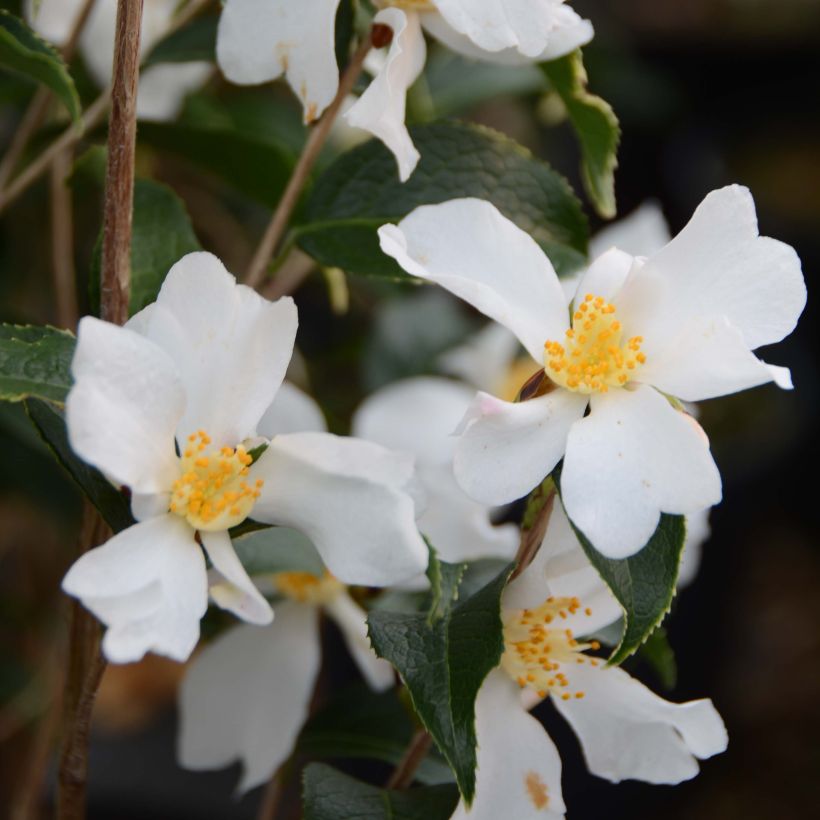

Plant habit
Flowering
Foliage
Botanical data
Camellia
grijsii
Theaceae
Japanese Camellia, Rose of Winter
China
Other Autumn Camellia
View all →Planting and care
Camellia grijsii can be planted in a fairly shady or partially shady site, sheltered from cold and drying winds. You can also grow it in full, not-too-strong sun, but the roots must always remain moist. Plant in a moist, humus-rich, acidic, and well-drained soil. Do not plant the bush too deeply, the top of the root ball should be covered with 3 cm (1.2 in) of soil. In winter, cover it with a 5 to 7 cm (2 to 3 in) thick mulch composed of leaf compost and crushed bark. Beware of late frosts that can damage flowers and buds. During dry periods, water the bush to prevent the dropping of flower buds. Pruning should take place each year after flowering. Lightly trim the stems that prevent the bush from keeping its compact habit. Remove faded flowers if you do not want fruits and remove dead shoots. The mature Camellia can withstand heavy pruning. Camellia can be susceptible to rot, leaf spots, and viruses. It can be attacked by aphids and scale insects that cause sooty mould, as well as by vine weevils.
Planting period
Intended location
Care
Planting & care advice
-
, onOrder confirmed
Reply from on Promesse de fleurs
Similar products
Haven't found what you were looking for?
Hardiness is the lowest winter temperature a plant can endure without suffering serious damage or even dying. However, hardiness is affected by location (a sheltered area, such as a patio), protection (winter cover) and soil type (hardiness is improved by well-drained soil).

Photo Sharing Terms & Conditions
In order to encourage gardeners to interact and share their experiences, Promesse de fleurs offers various media enabling content to be uploaded onto its Site - in particular via the ‘Photo sharing’ module.
The User agrees to refrain from:
- Posting any content that is illegal, prejudicial, insulting, racist, inciteful to hatred, revisionist, contrary to public decency, that infringes on privacy or on the privacy rights of third parties, in particular the publicity rights of persons and goods, intellectual property rights, or the right to privacy.
- Submitting content on behalf of a third party;
- Impersonate the identity of a third party and/or publish any personal information about a third party;
In general, the User undertakes to refrain from any unethical behaviour.
All Content (in particular text, comments, files, images, photos, videos, creative works, etc.), which may be subject to property or intellectual property rights, image or other private rights, shall remain the property of the User, subject to the limited rights granted by the terms of the licence granted by Promesse de fleurs as stated below. Users are at liberty to publish or not to publish such Content on the Site, notably via the ‘Photo Sharing’ facility, and accept that this Content shall be made public and freely accessible, notably on the Internet.
Users further acknowledge, undertake to have ,and guarantee that they hold all necessary rights and permissions to publish such material on the Site, in particular with regard to the legislation in force pertaining to any privacy, property, intellectual property, image, or contractual rights, or rights of any other nature. By publishing such Content on the Site, Users acknowledge accepting full liability as publishers of the Content within the meaning of the law, and grant Promesse de fleurs, free of charge, an inclusive, worldwide licence for the said Content for the entire duration of its publication, including all reproduction, representation, up/downloading, displaying, performing, transmission, and storage rights.
Users also grant permission for their name to be linked to the Content and accept that this link may not always be made available.
By engaging in posting material, Users consent to their Content becoming automatically accessible on the Internet, in particular on other sites and/or blogs and/or web pages of the Promesse de fleurs site, including in particular social pages and the Promesse de fleurs catalogue.
Users may secure the removal of entrusted content free of charge by issuing a simple request via our contact form.
The flowering period indicated on our website applies to countries and regions located in USDA zone 8 (France, the United Kingdom, Ireland, the Netherlands, etc.)
It will vary according to where you live:
- In zones 9 to 10 (Italy, Spain, Greece, etc.), flowering will occur about 2 to 4 weeks earlier.
- In zones 6 to 7 (Germany, Poland, Slovenia, and lower mountainous regions), flowering will be delayed by 2 to 3 weeks.
- In zone 5 (Central Europe, Scandinavia), blooming will be delayed by 3 to 5 weeks.
In temperate climates, pruning of spring-flowering shrubs (forsythia, spireas, etc.) should be done just after flowering.
Pruning of summer-flowering shrubs (Indian Lilac, Perovskia, etc.) can be done in winter or spring.
In cold regions as well as with frost-sensitive plants, avoid pruning too early when severe frosts may still occur.
The planting period indicated on our website applies to countries and regions located in USDA zone 8 (France, United Kingdom, Ireland, Netherlands).
It will vary according to where you live:
- In Mediterranean zones (Marseille, Madrid, Milan, etc.), autumn and winter are the best planting periods.
- In continental zones (Strasbourg, Munich, Vienna, etc.), delay planting by 2 to 3 weeks in spring and bring it forward by 2 to 4 weeks in autumn.
- In mountainous regions (the Alps, Pyrenees, Carpathians, etc.), it is best to plant in late spring (May-June) or late summer (August-September).
The harvesting period indicated on our website applies to countries and regions in USDA zone 8 (France, England, Ireland, the Netherlands).
In colder areas (Scandinavia, Poland, Austria...) fruit and vegetable harvests are likely to be delayed by 3-4 weeks.
In warmer areas (Italy, Spain, Greece, etc.), harvesting will probably take place earlier, depending on weather conditions.
The sowing periods indicated on our website apply to countries and regions within USDA Zone 8 (France, UK, Ireland, Netherlands).
In colder areas (Scandinavia, Poland, Austria...), delay any outdoor sowing by 3-4 weeks, or sow under glass.
In warmer climes (Italy, Spain, Greece, etc.), bring outdoor sowing forward by a few weeks.






























